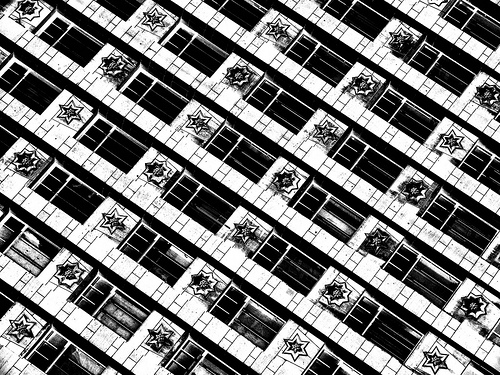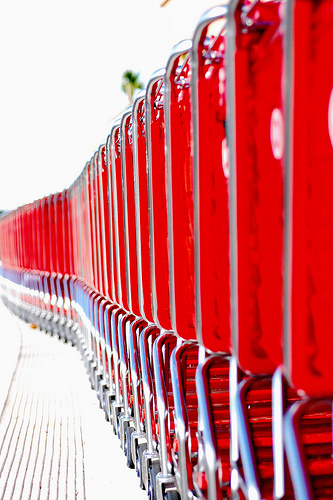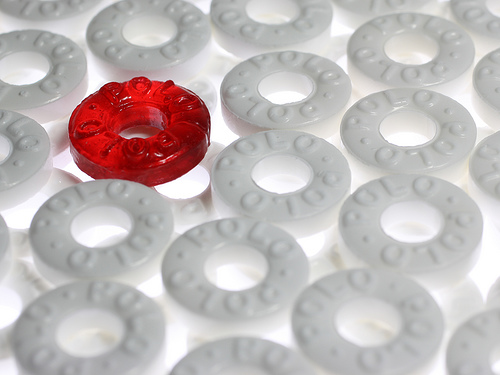Repetition a Visual Tool – Turning Chaos Into Art
Repetition is a creative tool. When you repeat a certain size, shape, or color you add strength to the overall image. Repetition is a basic concept in the art world. A really good photo tip worth remembering is: if you repeat something once or twice it becomes more interesting. If you repeat something many times it becomes a pattern and takes on a life of its own. Patterns give us order in an otherwise chaotic world. There's something fundamentally pleasing about seeing order in a photo and knowing what to expect. In most cases, repetition is a tool used to calm the viewer, making them feel comfortable and at peace while enjoying the view.

Stars and Stripes by Scott Anderson on flickr (licensed CC-BY)
A single, simple subject with a non-distracting background definitely has its own strengths, but it is NOT the only way to keep a viewers attention. Patterns are to photography, what Rhythm is to music. Without the limitation of just a single point of interest, repetition helps your eye dance from point to point with pure delight. You are not asked to make a judgment of the subject, simply to explore it. Like music, you are not expected to just listen to a single note, but to take in the high notes, low notes, the movements, and the beat. The goal here is not to just look at a good photograph, but to experience it. Thus, when repetition is used correctly . . . it can greatly increase the emotional impact of your images.
Patterns and repetition can be found all around us: a row of trees, a field of sunflowers, or a line of children waiting for a bus. When you get into the world of Close-Up Photography, you will start to discover a whole new world of patterns. Often things that you perceive as solid or even as a single texture are made up of much smaller patterns. Look at the surface of an orange for example. Each dimple, bump, hill or valley contributes to what most viewers consider one smooth surface. Of course not all repetition is 100% uniform. Think of a choir in a concert, every individual may wear the same robe to represent their organization . . . but they are still all individuals.

Target shopping carts by Matthew Romack on flickr (licensed CC-BY)
Obviously too much of a good thing; can, sometimes become bad (or stale or boring). It’s like when you first start taking photos using a star filter. Occasionally, it makes some really cool effects and you have some unique images. But if you used it ALL the time; what at first seems unique now becomes common place, or worse yet . . . out of place. A shot of a race car, doesn’t really need a star shinning off his windshield, to be interesting. There is a time and place for everything, and repetition will not cure all boring shots. In fact . . . if you’re not selective about when you use it, it could make things worse.
Another photo tip to keep repetition from becoming boring is to deliberately “break” the pattern. Think of a fruit stand with an entire box of big red juicy apples. Now take one of those apples out and replace it with an orange. This technique is often referred to as creating a “Spot”. A spot is nothing more than the deliberate use of opposition to force the viewer to look again and again. It may seem overly simple, but changing a single element in your shot can often make the difference between boring and fascinating.

Odd one out by Kevin Pack on flickr (licensed CC-BY-ND)
Keep patterns and rhythm in mind when you line up a number of people for a group portrait. Here you will be dealing with similar shapes. Try to place them in a pleasing pattern. Start with three people and have them line up so that their heads form a triangle. As you add people form another triangle. You are adding to the pattern by creating a rhythm of triangles that dance together. A group of nine people on their own could form an ugly mob . . . or they could form a very pleasing family portrait if you use the concept of repetition. Remember repetition is a tool, what you build with it determines if people consider you a Master Photographer or just “weekend warrior” who takes snapshots.




